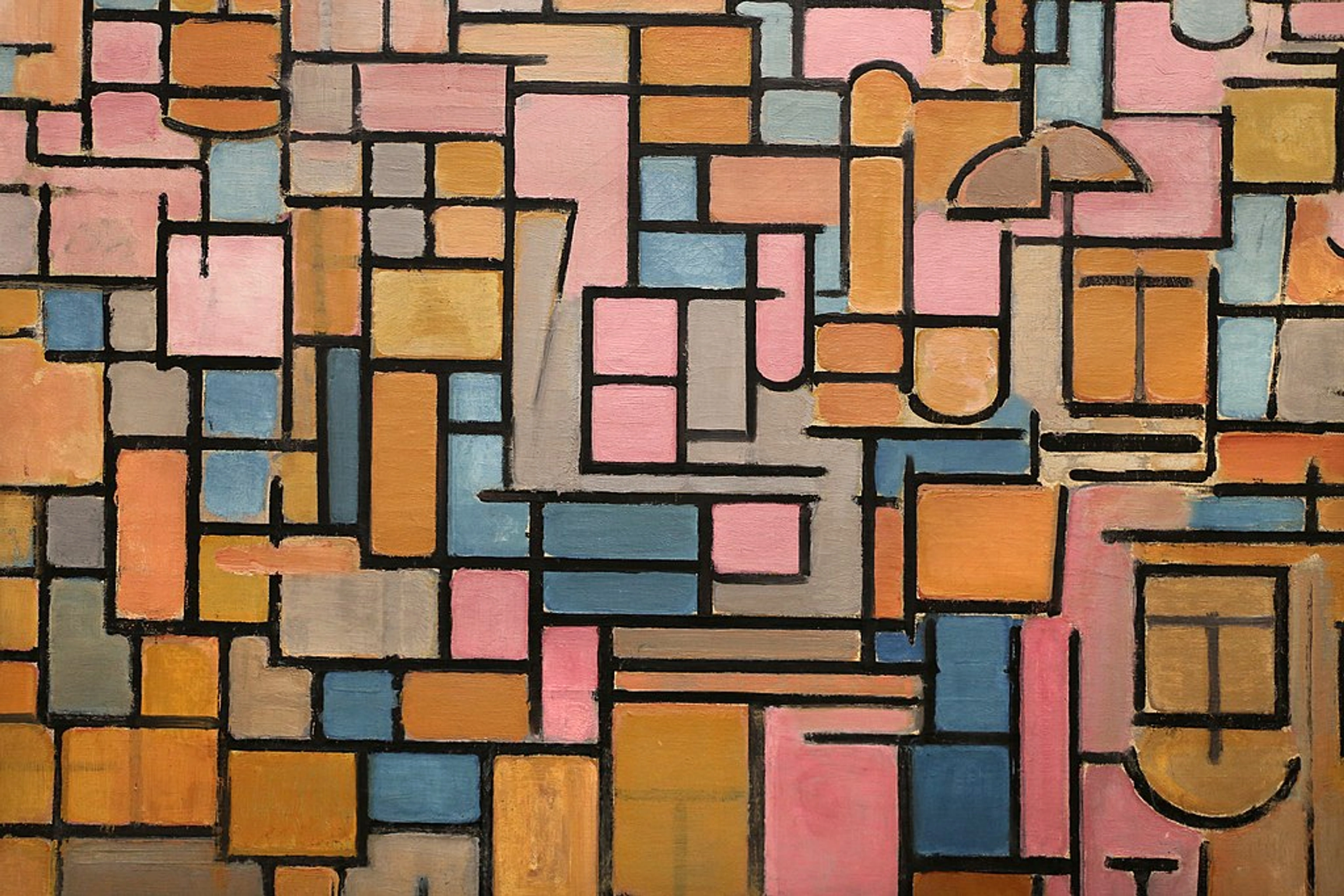
Bauhaus Echo: Simplicity, Chaos, and Abstract Art's Enduring Design Legacy | Zen Museum Artist Studio
Explore Bauhaus: its revolutionary history, principles of functional design, and timeless legacy. See how its ethos of simplicity shaped modern art, design, and inspires abstract artists today, even amidst creative chaos.
The Bauhaus Echo: Why Simplicity Still Reigns in My Creative Chaos – A Deep Dive
Sometimes, I look around my studio—a truly magnificent, chaotic explosion of vibrant colors, energetic brushstrokes, and abstract narratives that are always somehow, gloriously, half-finished. And in this wonderful riot, a quiet, almost insistent whisper of simplicity often catches my ear. It’s a funny thing, isn't it? As an artist who thrives on the unbridled, the bold, and the utterly unrestrained, you’d think my mind wouldn’t wander to something as… well, as structured and almost stoic as the Bauhaus movement. But it does. Oh, it absolutely does.
It's a constant, fascinating dialogue between my swirling narratives of paint and a deep-seated appreciation for the movements that meticulously laid the groundwork for modern art – for the very idea that art could be, and perhaps should be, something more than just a pretty picture. It’s like that impeccably dressed, minimalist friend who subtly influences all your fashion choices without you even realizing it until you look back and see their clean, purposeful fingerprints everywhere. My own creative chaos, I've found, often seeks its grounding in these seemingly contradictory principles, finding a purposeful, guiding order amidst the beautiful, artistic riot.
So, let’s dive into an art movement that wasn't just a gentle ripple, but an earthquake, and one that still shakes things up today, even in my abstract world. Let's trace its journey, understand its revolutionary spirit, and see how its echoes still resonate, even in the most vibrant of contemporary studios.
Bauhaus: My Kind of Revolutionary Spirit, a Total Work of Art for Life
To me, Bauhaus wasn't just a school; it was a veritable "out with the old" to the stuffy, overly academic art world of the early 20th century. Picture it: Europe emerging from the devastation of World War I, grappling with radical social and political shifts, yet the art world was still largely clinging to ornate Victorian fussiness, elaborate Art Nouveau flourishes (though I have a definite soft spot for The Vienna Secession: Art Nouveau's Radical Austrian Cousins, for sure!), and traditional academic art still holding unchallenged court. This was fertile ground for revolution.
Then, boom! In comes Walter Gropius in 1919, establishing the Staatliches Bauhaus in Weimar, Germany. His vision was nothing short of revolutionary: to dissolve the artificial boundaries between art, craft, and technology, uniting them into a single, cohesive discipline. This wasn't just about making pretty objects; it was about creating a Gesamtkunstwerk – a "total work of art" – applied not just to grand buildings, but to daily life itself. Imagine designing an entire living environment where the building's structure, the furniture within it, the textiles on the sofas, the ceramics on the table, and even the typography on the signs all spoke the same precise, visual language. Each element was intentionally crafted to form a harmonious, functional whole.
The school's journey was as dynamic as its philosophy. It moved from Weimar to Dessau in 1925, where its iconic purpose-built campus became the physical embodiment of its ideals – a Gesamtkunstwerk in itself, a bold architectural statement of function and form. Under Gropius, the focus was on craft and the unity of arts. His successor, Hannes Meyer (1928-1930), shifted towards a more functionalist, scientific, and socially-oriented approach, emphasizing the needs of the people. Finally, Ludwig Mies van der Rohe (1930-1933) took the helm, focusing primarily on architecture before the school was forced to close in 1933 under intense pressure from the Nazi regime, which deemed its modern, abstract, and international ideas "degenerate" and a threat to their traditionalist ideology.
This embrace of industrial production and championing a minimalist aesthetic still resonates. It makes me think of my own journey, how you start with certain expectations of what art should be, only to discover that the most profound expressions often come from courageously breaking those very rules, but with intention. Bauhaus was all about breaking rules, but always with a purpose – to build a better, more thoughtfully designed future, one well-crafted object at a time. This mirrors my own artistic evolution, where sometimes the most powerful statements emerge from stripping away the unnecessary, seeking a raw, honest clarity. If you're curious about the bigger picture of this artistic upheaval, you might want to dive into the history of modern art or explore what is modern art in more detail.
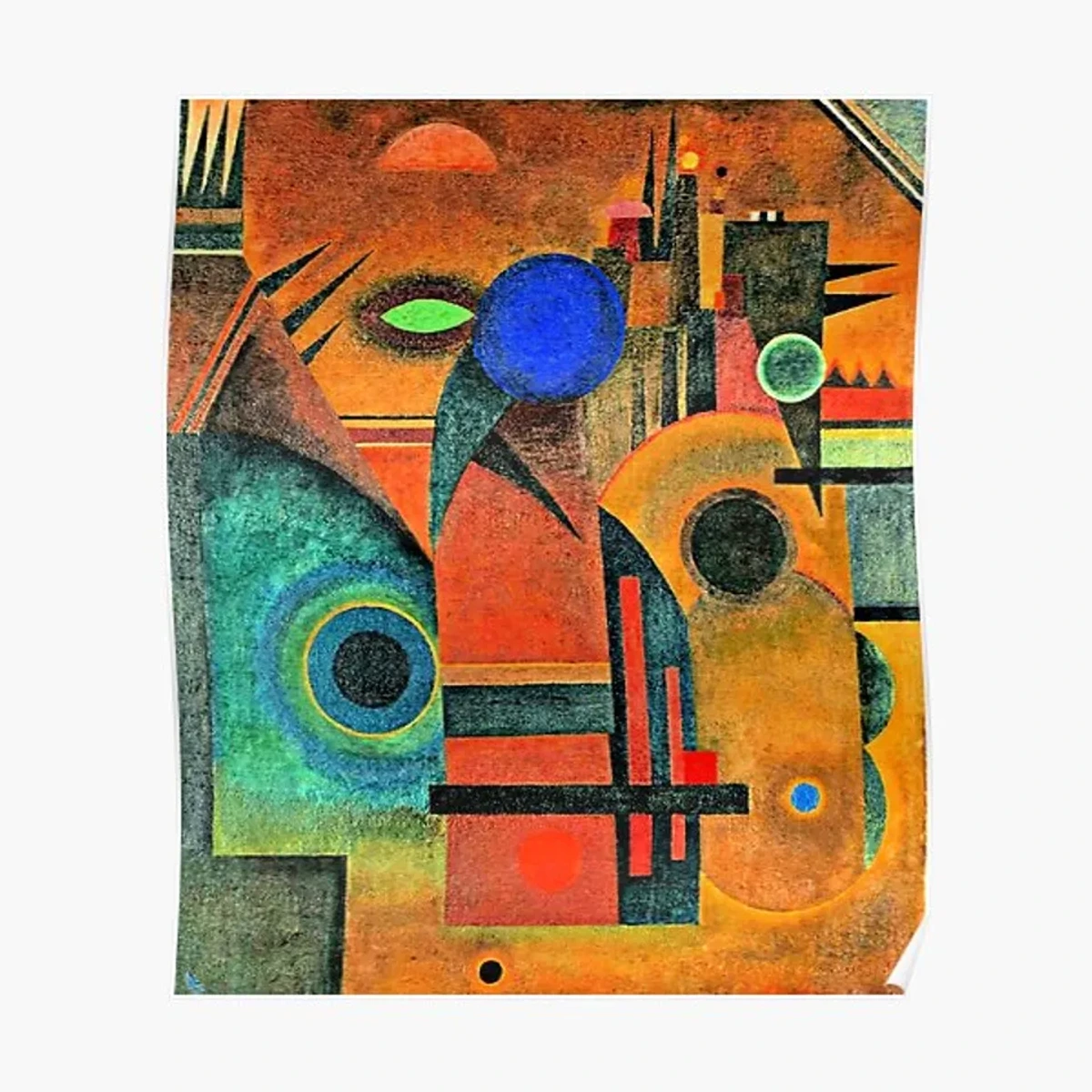
Form Follows Function (and Feeling): The Core Philosophy That Just Works
The Bauhaus famously preached "form follows function," a concept popularized earlier by architect Louis Sullivan, which the Bauhaus fully embraced and reinterpreted for the machine age. Honestly, who can argue with that? It's the kind of sensible, no-nonsense approach that appeals even to my often-whimsical artistic soul. It’s about stripping away the superfluous, getting to the absolute essence. Think about it: a perfectly designed chair isn't just comfortable; it’s an elegant statement, its lines and materials thoughtfully chosen. A lamp isn't just for light; its form is designed to enhance that function beautifully, perhaps directing light or creating a specific ambiance.
This wasn't just about aesthetics; it was a profound social philosophy, rooted in the belief that good, accessible design could fundamentally improve society. And sometimes, when I'm wrestling with a new abstract piece, trying to decide what to add or, more importantly, what to take away, that Bauhaus mantra whispers in my ear: "Less really can be more." Even in a riot of color, this holds true. In my abstract work, while I'm certainly not designing a chair, the 'function' of a specific color, line, or shape might be to guide the viewer's eye, to create a sense of movement, or to evoke a particular emotion. It’s about relentless intentionality, ensuring every single element serves a purpose, whether purely aesthetic, deeply emotional, or subtly compositional. It's about giving every brushstroke a job, a clear reason for being there, even if that job is to just be beautifully chaotic in an ordered space. What does "function" mean in your own creative pursuits, especially when the end product isn't something strictly utilitarian?
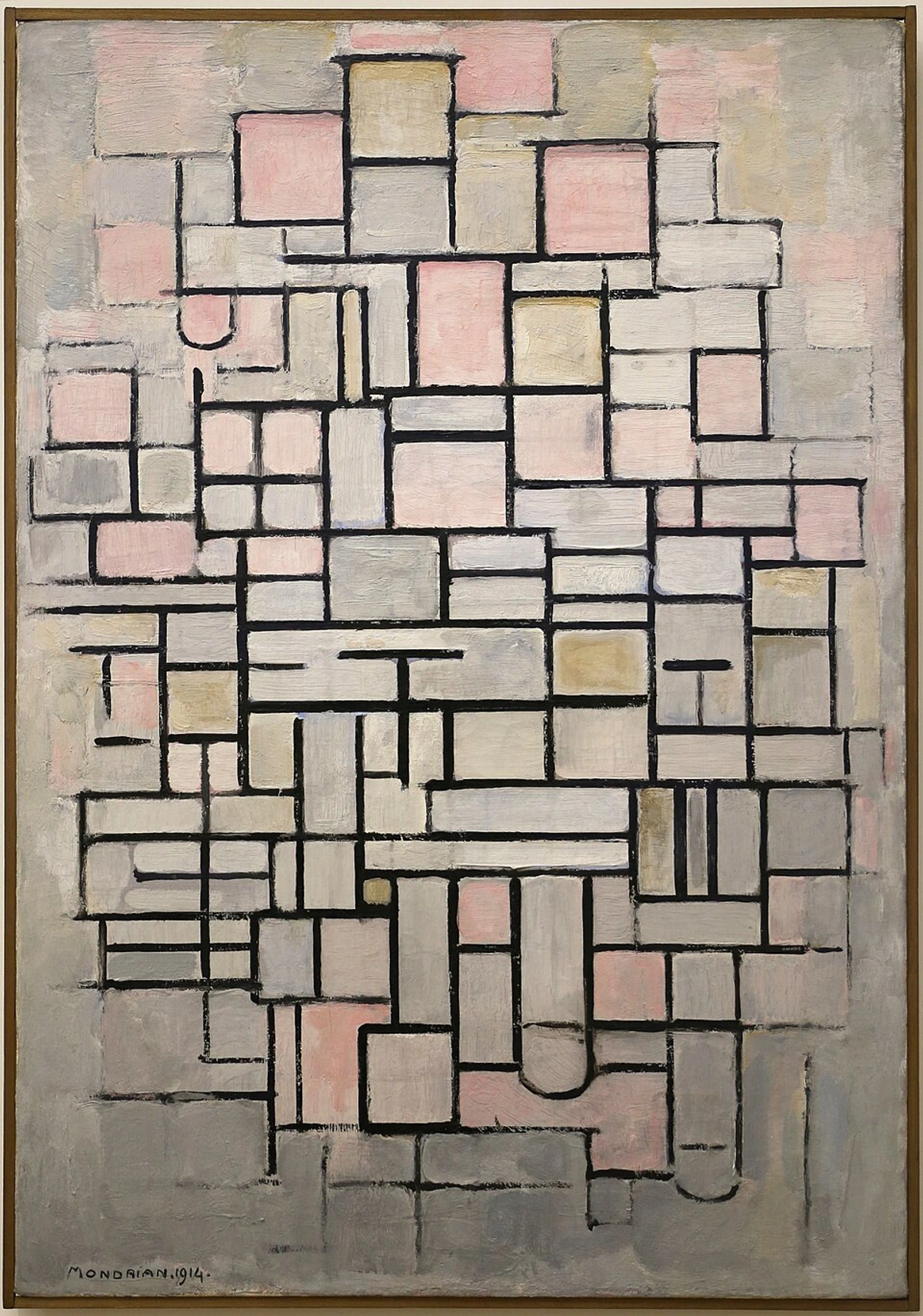
For instance, consider Marcel Breuer's iconic Wassily Chair, designed in 1925. It strips away all ornamentation, focusing purely on the elegant lines of bent tubular steel and canvas straps – its form is its function, a beautiful expression of industrial materials. Or the humble yet elegant Bauhaus teapot by Marianne Brandt, a masterclass in geometric simplicity serving its purpose without fuss. This emphasis on honesty in materials and purpose, rather than decorative excess, distinguishes Bauhaus functionalism from mere starkness; it sought beauty through efficiency and a thoughtful response to human needs. It was an art for life, not just for galleries.
More Than Just Buildings: Bauhaus's Universal Reach
While we often picture sleek, geometric buildings when we think of Bauhaus, its influence stretched far beyond architecture. The school was built on a radical workshop model, where students learned by doing, moving between various crafts and disciplines. This fostered an environment of interdisciplinary experimentation where traditional boundaries between art and craft were dissolved, impacting nearly every aspect of the designed world.
Its reach included:
- Furniture Design: Redefining domestic spaces with modular, ergonomic pieces made from industrial materials like tubular steel, designed for mass production and accessibility.
- Graphic Design: Pioneering grid systems, asymmetrical layouts, and the widespread use of clean, sans-serif typography (think Futura!), which became the backbone of modern communication and branding, prioritizing clarity and efficiency.
- Textile Design: Weavers like Anni Albers and Gunta Stölzl experimented with abstract patterns, new materials, and industrial techniques, creating designs that were both artistic and mass-producible, blurring lines between art and industry.
- Photography: László Moholy-Nagy championed new perspectives, photograms (camera-less photos), and montage, pushing the boundaries of what photography could achieve as an art form and a tool for communication, playing with light and shadow in revolutionary ways.
- Performance Art & Stage Design: Students explored experimental theatre, costume design, and stage sets that integrated geometric forms and dynamic movement, influencing modern performance aesthetics.
- Industrial Design: The school embraced mass production, believing good design should be accessible to everyone, not just the elite. This led to the creation of countless functional, aesthetic objects for everyday life, from lamps to teapots.
I often ponder what is design in art myself, and the Bauhaus provides such a clear, foundational answer. They taught students to think like architects, designers, and artists simultaneously, erasing the artificial boundaries between disciplines. Its pedagogical impact was profound, with former faculty and students carrying its principles worldwide, influencing institutions like Black Mountain College in the US and the "New Bauhaus" (now the Institute of Design) in Chicago, which became vital conduits for its ideas. It’s fascinating to see how principles taught there became the secret language of all those sleek corporate logos and website layouts we see today, prioritizing clarity and efficiency. If you're into that, check out how famous artists influenced graphic design.
![]()
The Brilliant Minds Behind the Boldness (and Their Subtle Power)
Many brilliant minds passed through Bauhaus, shaping and being shaped by its ethos. They weren't just making pretty things; they were redefining what art could be, and importantly, what it could do. Their collective influence is a topic in itself, and you can explore more about Bauhaus artists' influence or even discover some underappreciated artists from the Bauhaus movement.
Here are just a few of the luminaries and their contributions, often deeply intertwined with their pedagogical roles:
Artist | Key Contributions & Focus | Pedagogical Approach / Impact |
|---|---|---|
| Walter Gropius | Founder; architect; championed unity of art & craft. | Established the foundational curriculum, emphasizing preliminary courses to break down traditional academic barriers and foster hands-on learning across disciplines. |
| Wassily Kandinsky | Pioneer of spiritual abstraction; explored color theory & psychological impact of forms. | Taught analytical drawing and color theory, guiding students to understand the spiritual and psychological effects of basic elements – lines, shapes, and colors. |
| Paul Klee | Painter; deep pedagogical approach to art; emphasized line, color, and form in teaching. | His "Pedagogical Sketchbook" introduced a systematic way to analyze and construct visual elements, focusing on the dynamic forces and relationships within art, rather than just aesthetics. |
| László Moholy-Nagy | Photographer, painter, typographer; experimented with light, new materials, and photography. | Advocated for the integration of technology and industrial materials; taught the metal workshop and preliminary course, experimenting with photograms and light modulation. |
| Josef Albers | Painter, educator; renowned for his "Homage to the Square" series and color interaction studies. | Led the preliminary course and taught glass painting. His rigorous approach to color theory, demonstrating how colors change based on context, influenced generations of artists and designers. |
| Marcel Breuer | Architect, furniture designer; revolutionized furniture with tubular steel (e.g., Wassily Chair). | As head of the furniture workshop, he pushed for industrial materials and mass-producible designs, embodying the "form follows function" principle in everyday objects. |
| Anni Albers | Textile artist; broke new ground in weaving with abstract patterns and industrial techniques. | Revolutionized textile design, treating weaving as a serious art form. Her experimental approach to materials, structure, and pattern greatly influenced modern textiles and design education. |
| Gunta Stölzl | Textile artist; head of the Bauhaus weaving workshop; integrated modern art with industrial looms. | Transformed the weaving workshop into one of the most successful Bauhaus departments, integrating modern art principles with practical, industrial production, emphasizing both artistry and functionality. |
How do these individual contributions, especially their groundbreaking pedagogical approaches, resonate with your own artistic journey and how you think about teaching or learning art?
Why Does It Still Feel So... Modern? The Enduring Timeless Appeal
Here's the real kicker: why, over a century later, does Bauhaus still feel so fresh, so profoundly relevant? I think it's because their principles tapped into something fundamental about human nature: our inherent need for clarity, for order, and for beauty that isn't ostentatious or purely decorative. In a world that often feels overwhelmingly complex, the clean lines, functional forms, and rational aesthetics of Bauhaus offer a kind of visual calm, a welcome respite. It’s a design philosophy that embraced industrialization rather than fighting it, finding profound beauty in the machine age and the potential for mass production to uplift society.
While some critics during its time, and even today, have occasionally found Bauhaus aesthetics to be too cold, sterile, or overly intellectual, its enduring appeal lies in its fundamental honesty and practicality. It's not about making things bland or sterile; it's about making them effective, honest, and deeply felt. Bauhaus, in its purest form, was about honesty in materials and design, valuing truth over superficiality. Even after facing intense political pressure and ultimately closing its doors in 1933 under Nazi pressure, its ideas and its brilliant teachers dispersed globally, spreading its radical vision to new continents and influencing countless design schools and movements. This forced diaspora ironically cemented its timeless, universal appeal, proving that good ideas cannot be suppressed, but rather, spread and evolve.
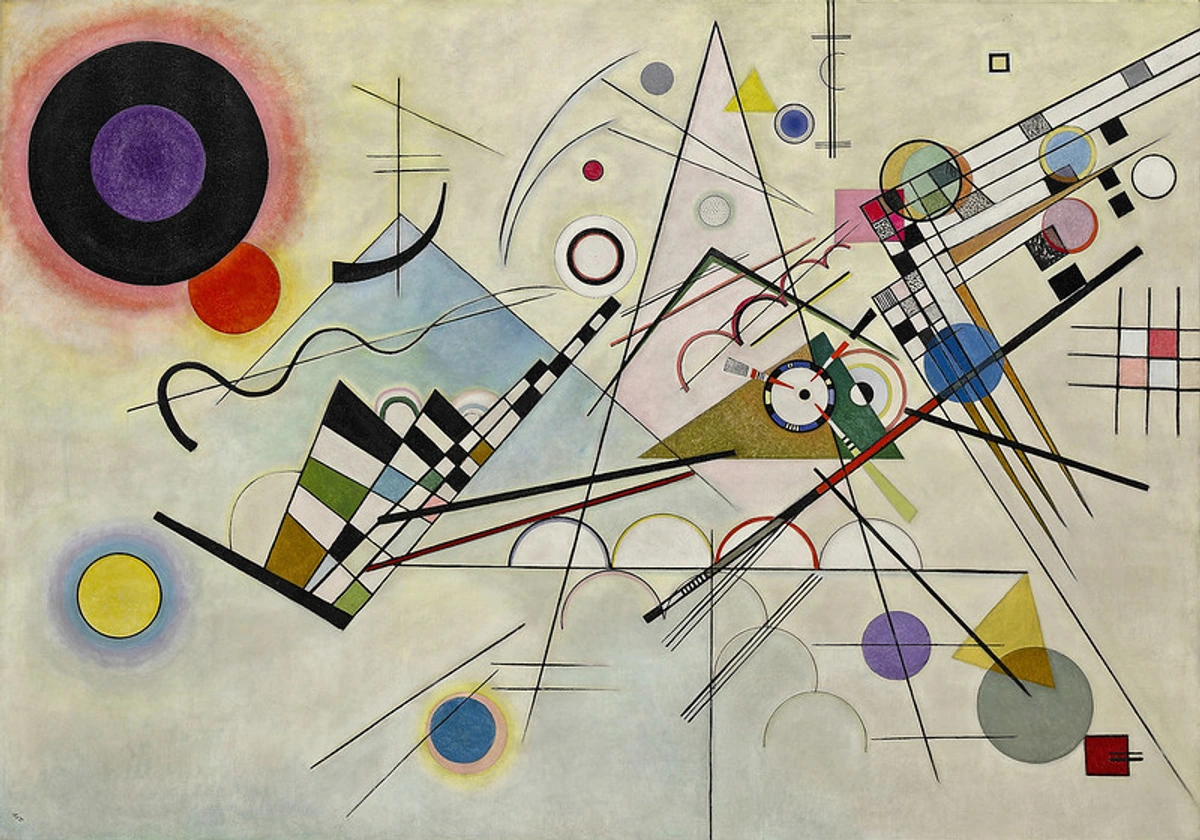
Bauhaus Today: Everywhere You Look (Even in Your Phone!)
Take a moment to look around you. That minimalist lamp casting a warm glow? The sleek, intuitive layout of your favorite app (hello, early Apple design philosophy!)? The uncluttered, sans-serif typography on a book cover or a road sign (think Helvetica, or Futura, both direct descendents of Bauhaus principles!)? The functional, elegant design of a classic kitchen appliance, perhaps even your IKEA furniture? Chances are, you're seeing countless echoes of Bauhaus. Its principles are so deeply ingrained in contemporary design that we often don't even consciously notice them; they've become the very air we breathe in the design world.
From architecture (like the International Style) to product design, from digital interfaces to urban planning, Bauhaus's legacy is undeniable. This subtle, powerful omnipresence is much like the unspoken rules of composition that guide my hand when I'm working on a new canvas, creating an underlying order and narrative even in the most dynamic, expressive abstraction. It's about designing for clarity, efficiency, and human experience, whether that's a skyscraper or a smartphone, a poster or a painting.
What everyday objects do you notice that clearly show Bauhaus influence, and how do they make your life a little bit clearer or more functional?
My Own Little Bauhaus Moment: Finding Order in Abstract Expression
As an artist, my work might seem a world away from the often-rigid geometry and industrial aesthetic sometimes associated with the Bauhaus. My colors are louder, my forms more fluid, my emotional landscape more… well, exuberantly abstract. Yet, in every brushstroke, in every composition, I find myself returning to its core tenets: the profound importance of craftsmanship, the surprising power of simple, honest forms, and the radical idea that art should integrate seamlessly into life, enriching the human experience.
When I create a new piece, even one bursting with energetic strokes and layered textures, there’s an internal, sometimes playful, dialogue about its underlying structure, its balance, its inherent purpose. Is it just a splash of color, or does it invite deep contemplation? Does its form, however wild and spontaneous, have a function in guiding the viewer’s eye, in creating a sense of movement, or in evoking a particular, resonant feeling? For instance, that intense splash of cadmium yellow might not be a functional light switch, but its purpose is to energize the corner, to pull the eye. The deliberate placement of a thick, black line isn’t just an outline; it functions as an anchor, a moment of stillness in a flurry of activity. This constant search for an underlying order, for composition that guides the eye even in moments of visual chaos, is deeply informed by principles that echo Bauhaus's search for purposeful design. It’s about building a visual narrative, even if it's an abstract one – reducing complex ideas to their emotional and compositional essence, much like the Bauhaus reduced forms to their functional essence.
Perhaps that's the ultimate Bauhaus legacy for a contemporary artist like me: not to copy their style, but to internalize their spirit of thoughtful, intentional creation. It’s about being deliberate, even when being completely spontaneous. And yes, sometimes, a well-placed, functional frame around one of my abstract prints just makes it, bringing that touch of ordered simplicity and groundedness to the riotous color and emotion within. You can see how this philosophy subtly informs some of the art I have for sale on my site. This connection, finding structure in spontaneity, also ties into my ongoing exploration of the unseen structure: how composition guides my abstract art – an eternal Bauhaus whisper in my creative process.
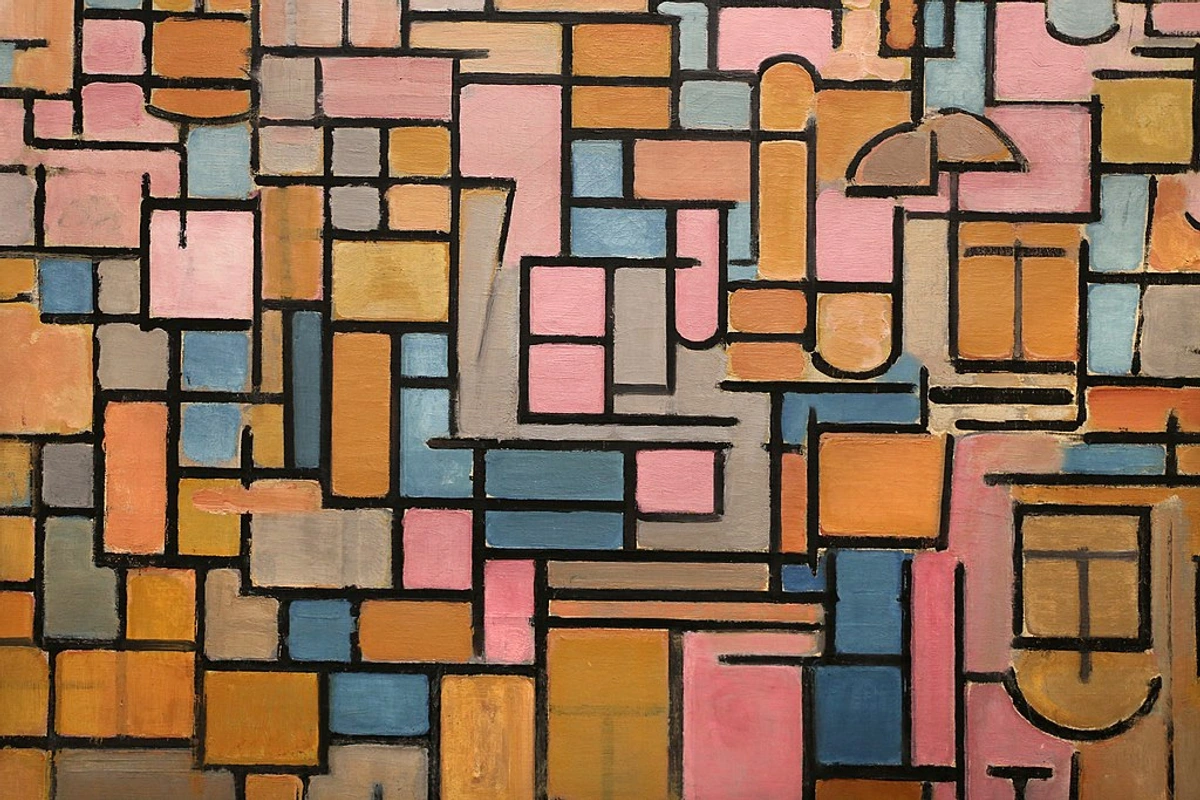
FAQ: Pondering the Bauhaus Echoes (with my own thoughts!)
Q: Why is the Bauhaus movement so influential?
A: For me, its influence truly stems from its revolutionary approach to design education, still mirrored in many art schools today, and its philosophy of unifying art, craft, and technology. It pushed for functional, minimalist aesthetics, aiming to make good design accessible and integrating it into everyday life and industrial production. Essentially, it taught us that beauty doesn't need to be ornate or exclusive; it can be found in purpose, clarity, and thoughtful construction. It profoundly redefined how we perceive many modern art types, especially those focused on structure and abstraction.
Q: Did Bauhaus artists create abstract art?
A: Absolutely! Many key figures, like Wassily Kandinsky, Paul Klee, and Josef Albers, were pioneers of abstract art and taught at the Bauhaus. The movement fostered an environment where abstraction was explored not just as a style but as a way to communicate universal ideas, often through geometric forms, primary colors, and an exploration of fundamental compositional elements. If you're into abstraction, you might appreciate the ultimate guide to abstract expressionism, which built upon some of these foundational ideas and shares a lineage with the Bauhaus's radical approach to form and feeling.
Q: Where can I see Bauhaus's influence in real life today?
A: Everywhere you look, once you know what to spot! Think about the clean lines of modern furniture (that sleek desk lamp, the functional chair!), the minimalist design of your smartphone app interfaces (hello, Apple!), the clear sans-serif fonts in advertisements, or the rational, functional architecture of many contemporary public buildings. The sleek, efficient aesthetic of today's world owes a huge, often unseen, debt to Bauhaus, influencing everything from urban planning to the coffee maker on your counter. Even if you don't visit a specific Bauhaus building, its principles are subtly woven into the fabric of modern living. Perhaps even a visit to a museum like the one in 's-Hertogenbosch will make you spot how many modern pieces carry this Bauhaus DNA.
Q: How did Bauhaus influence modern design education and UI/UX?
A: The Bauhaus fundamentally reshaped design education by emphasizing a hands-on, interdisciplinary approach over traditional academic methods. Its preliminary course, focused on materials and fundamental design principles, became a model for art schools worldwide. In UI/UX, its legacy is undeniable: the emphasis on functionality, clarity, grid systems, sans-serif typography, and a "less is more" aesthetic directly informs how we design digital interfaces. Think about the intuitive, clean layouts of most modern apps and websites – that's a direct echo of Bauhaus principles, aiming for efficiency and direct communication without unnecessary ornamentation, fostering a seamless user experience.
The Final Stroke: A Legacy for Us All (Even in the Chaos)
The Bauhaus movement, with its earnest belief in the power of design to shape a better world, left an indelible mark – a true earthquake that rearranged the landscape of art and design. It taught us that art isn't just for galleries; it's for living, breathing, and experiencing every day. It showed us the profound beauty in simplicity and the enduring strength of function and intentionality. For me, as an artist, it's a constant, grounding reminder that even in the most expressive and abstract creations, there's a vital need for thoughtful intention, for structure, and for an underlying clarity that truly resonates with the human spirit. It's the silent echo in my studio, guiding my hand, reminding me that even amidst the glorious chaos, there can, and should, be a beautiful, purposeful order. As you explore my art I have for sale, I hope you'll see how these echoes of Bauhaus – the balance, the intentionality, the underlying structure – find their way into even the most vibrant and abstract pieces.




